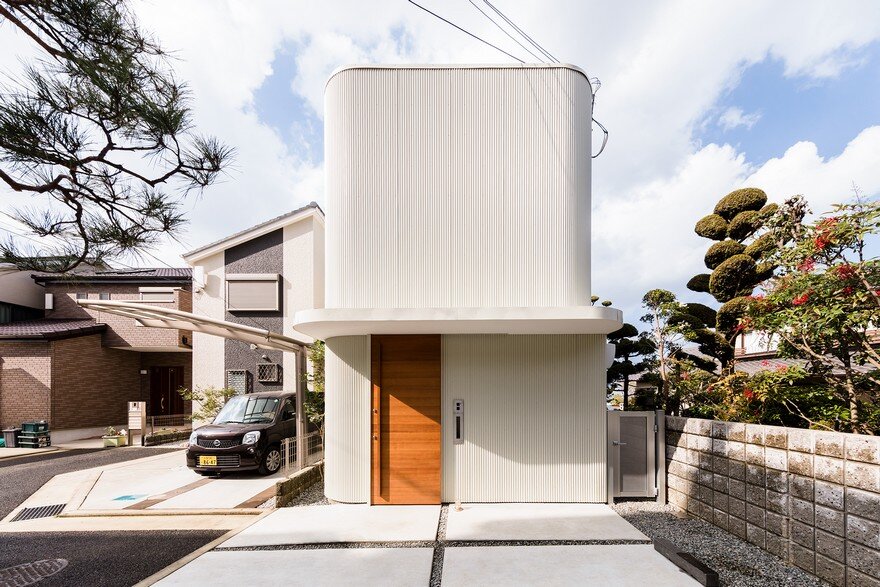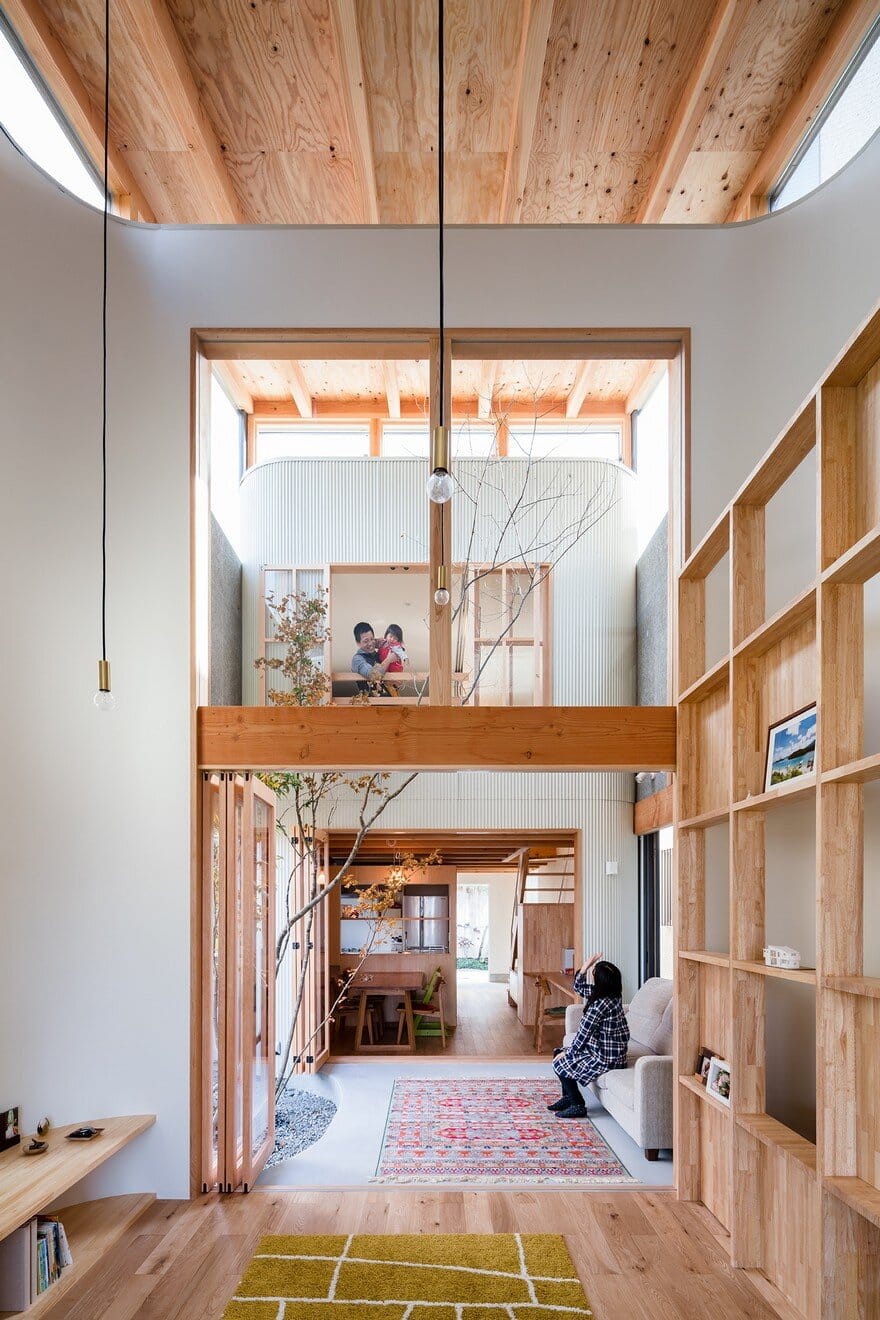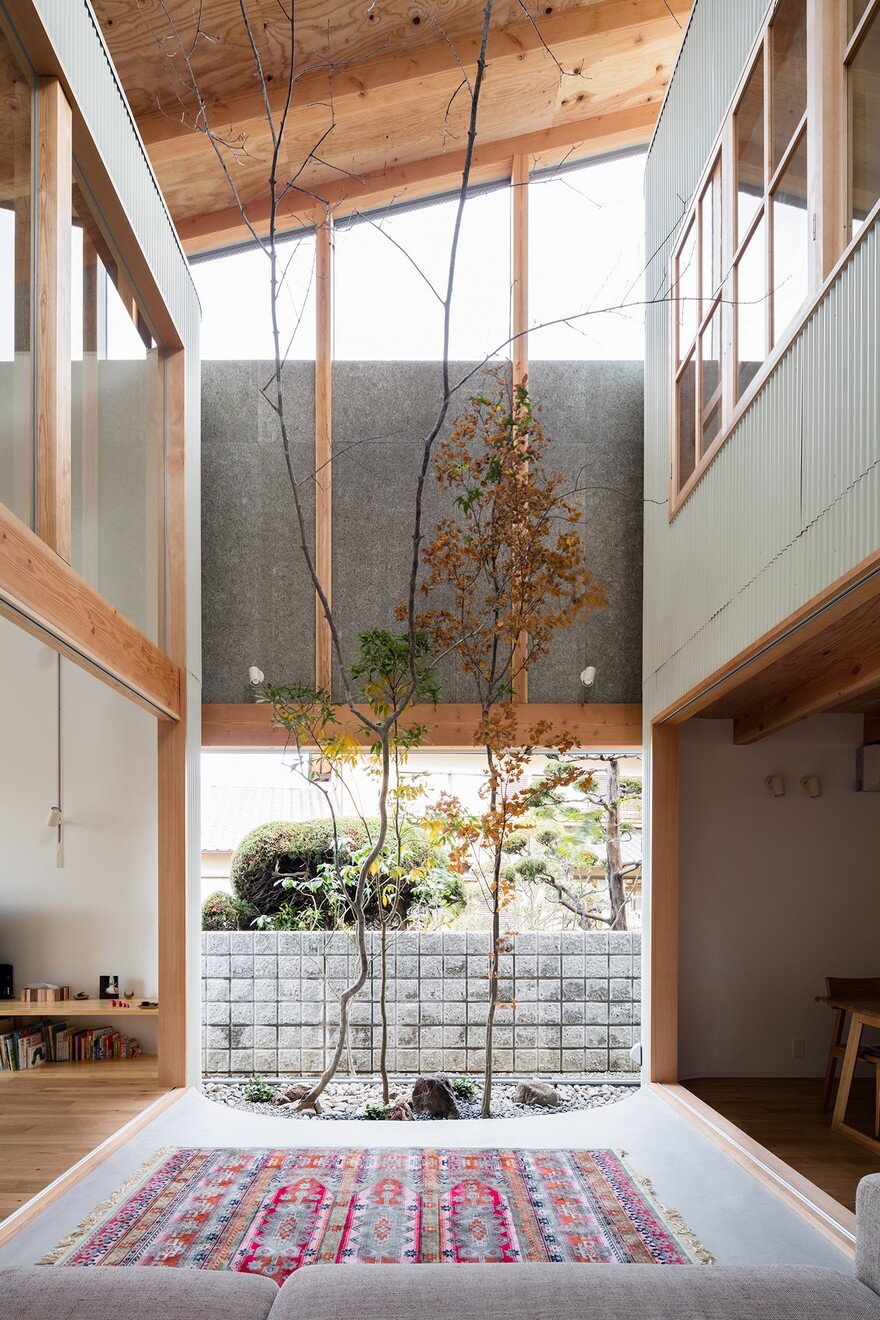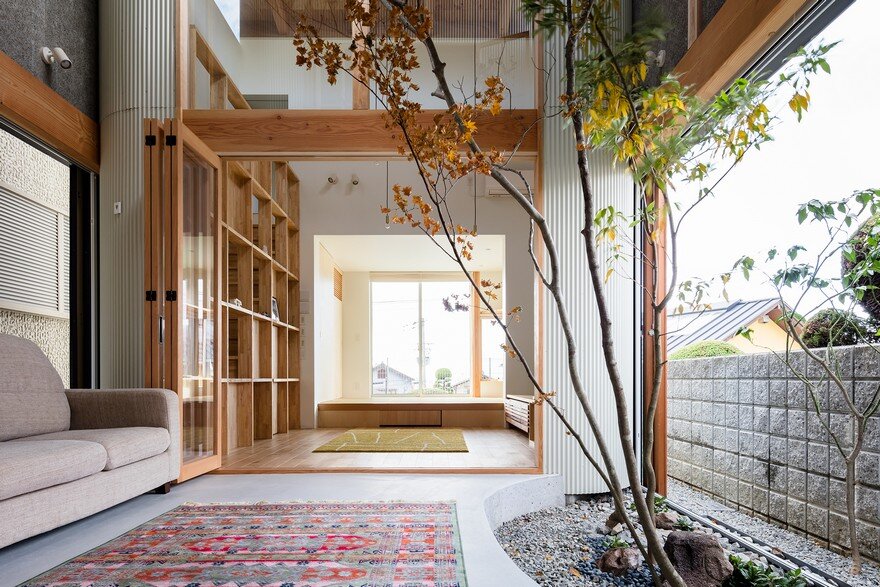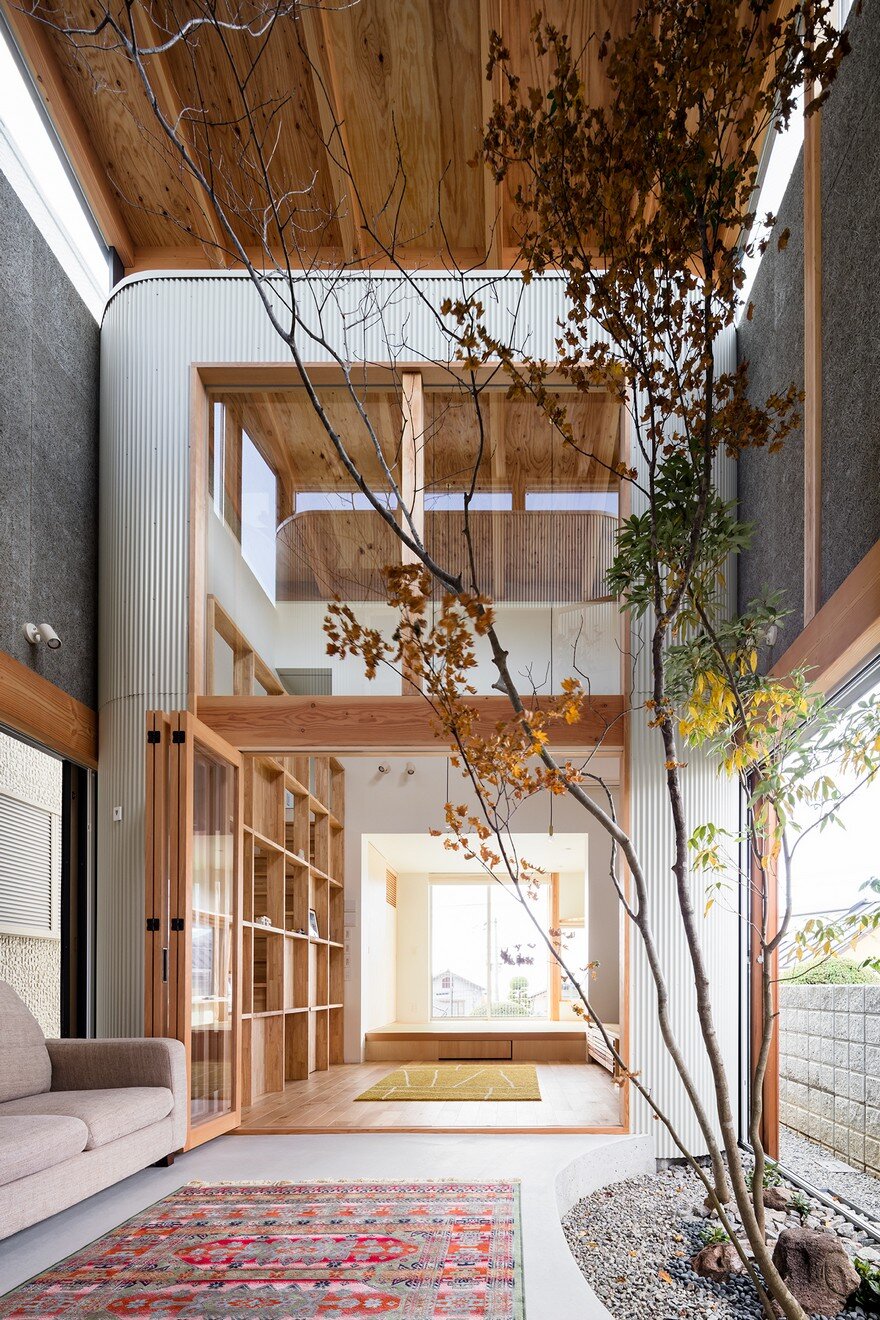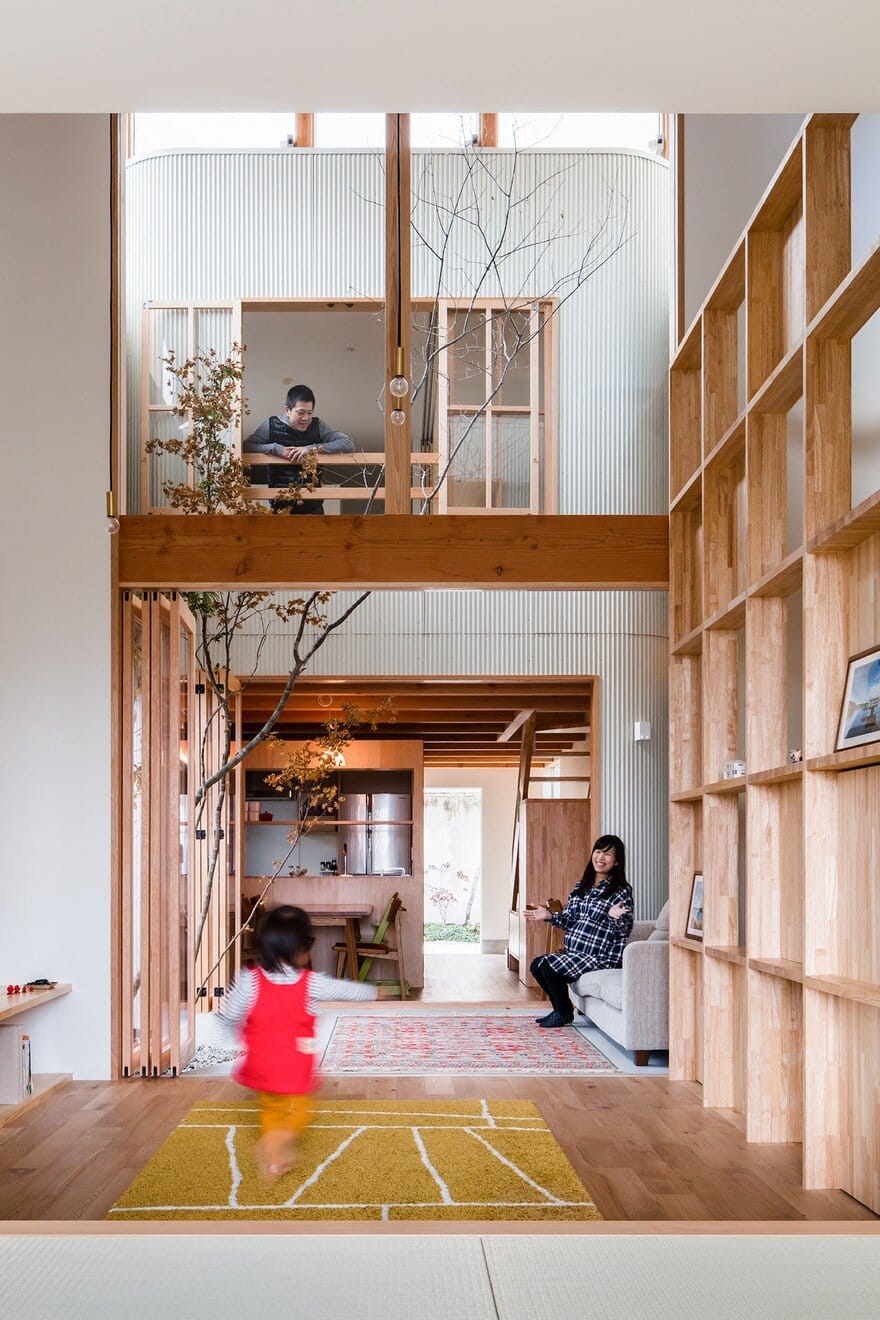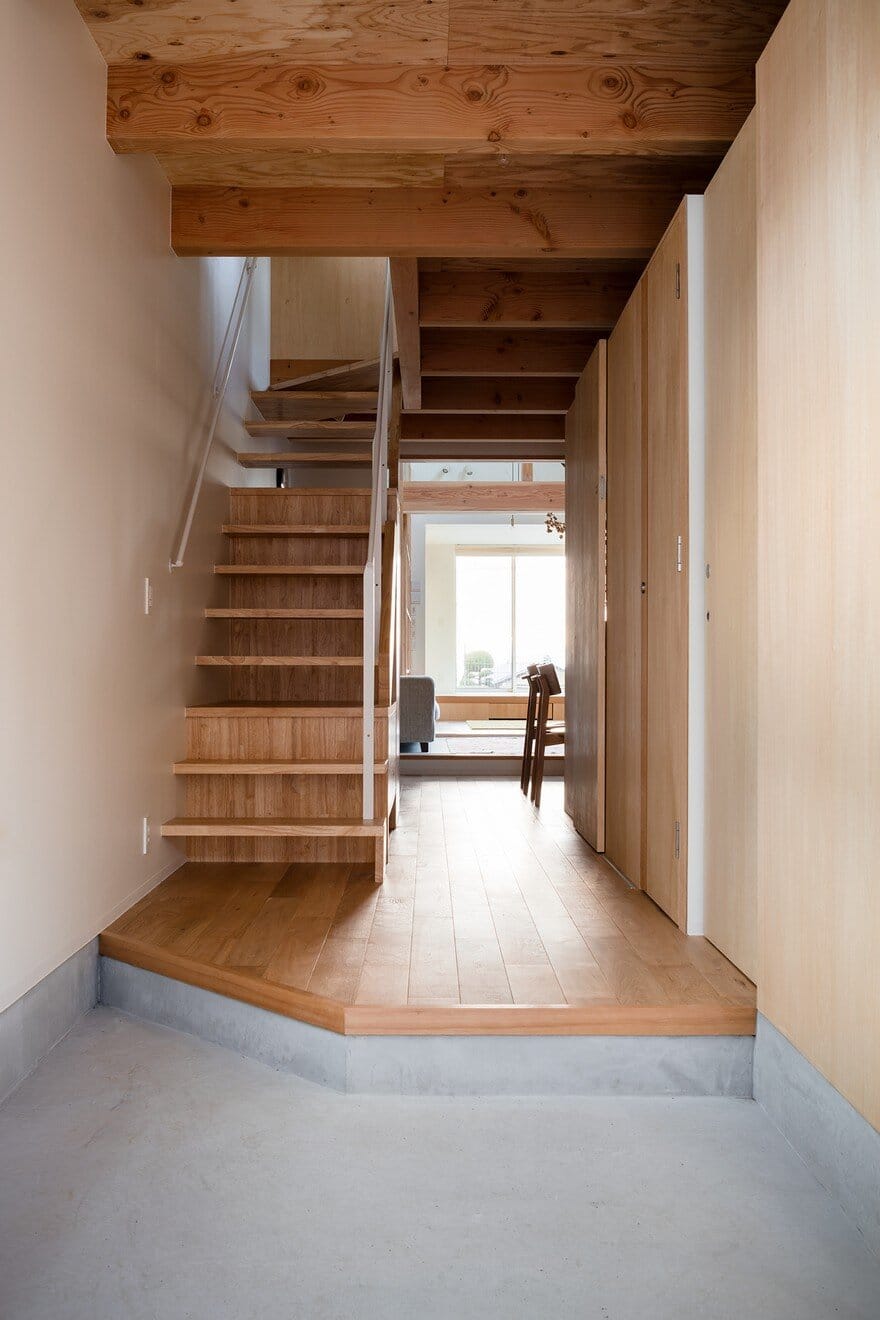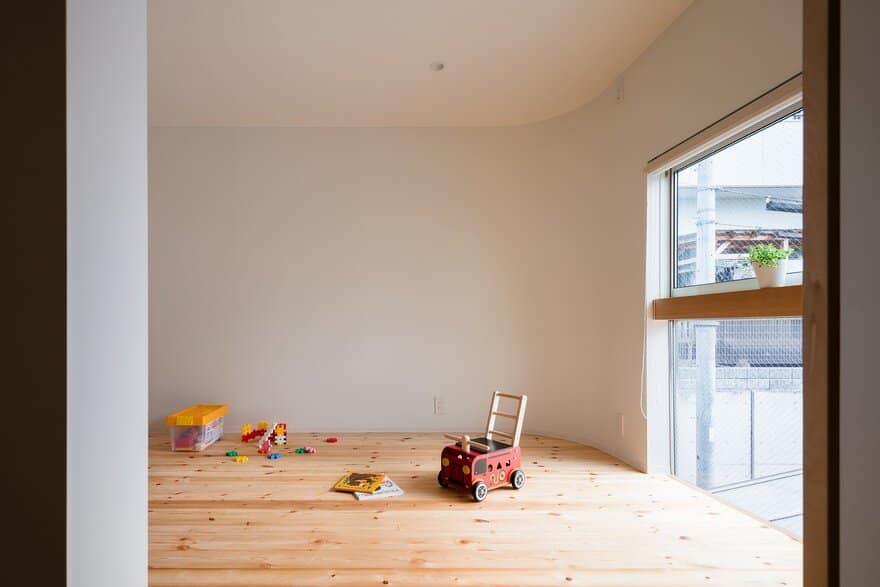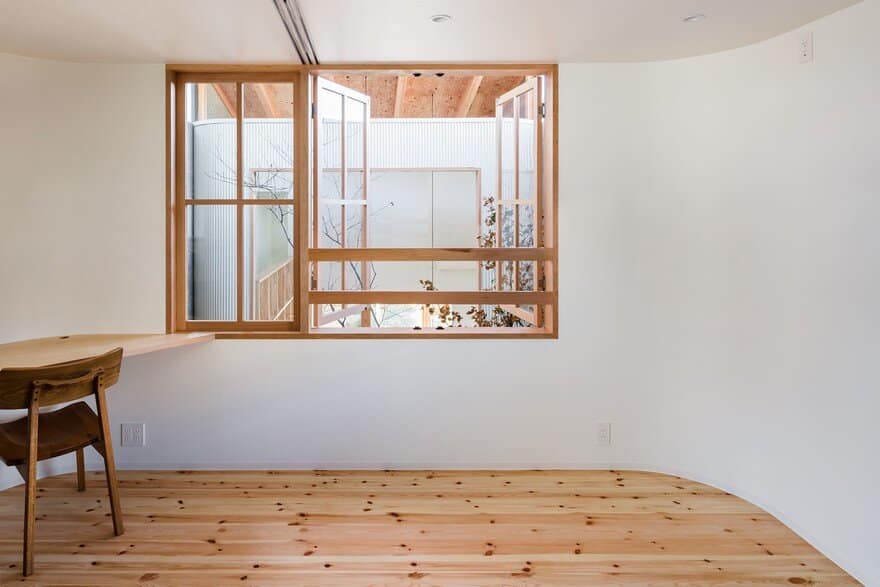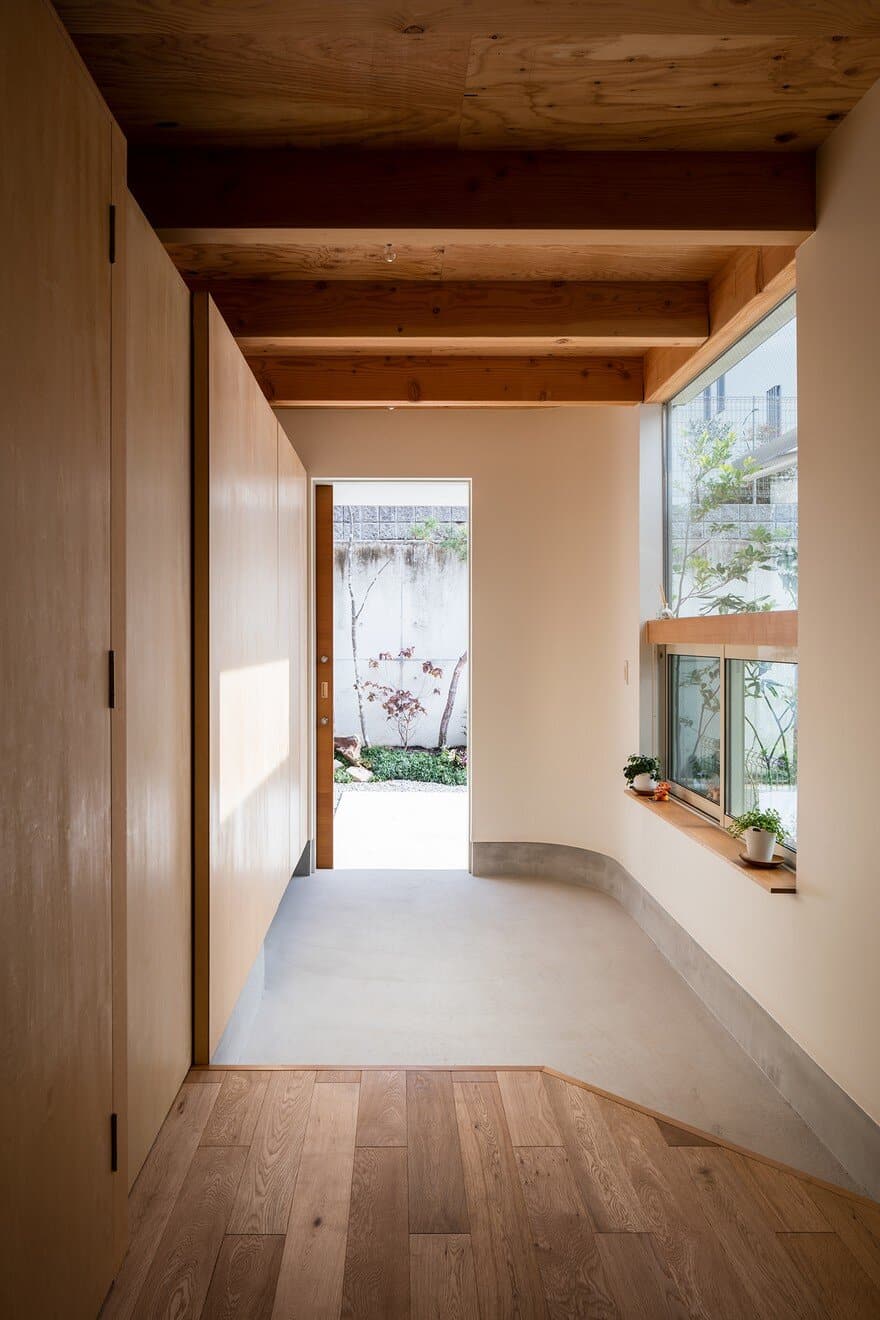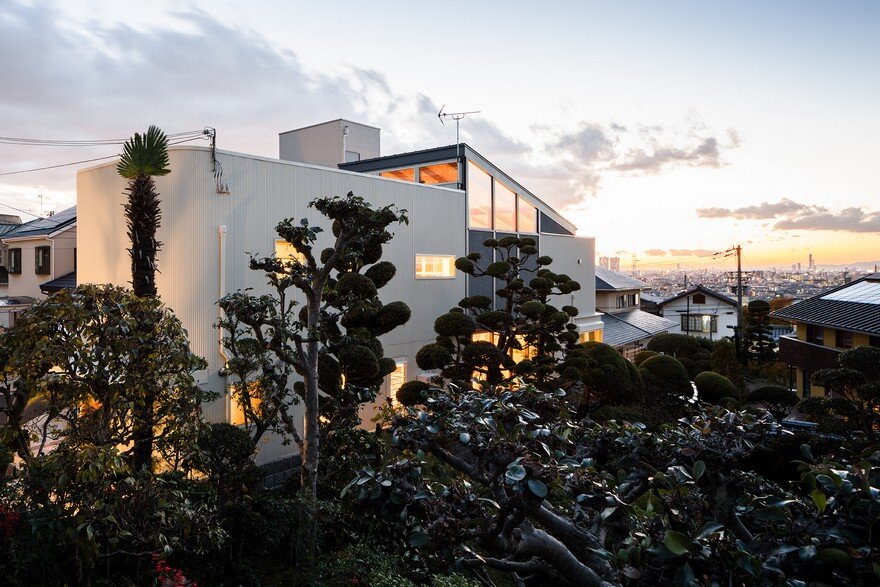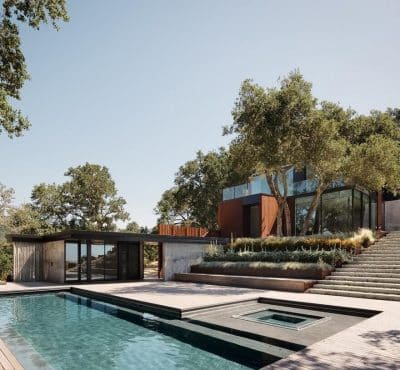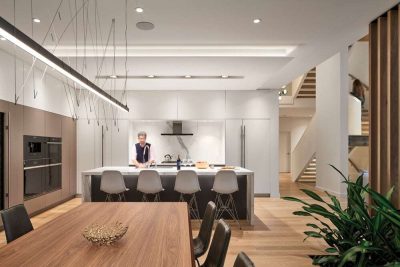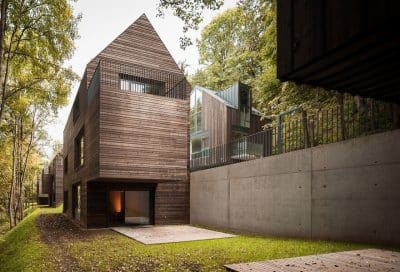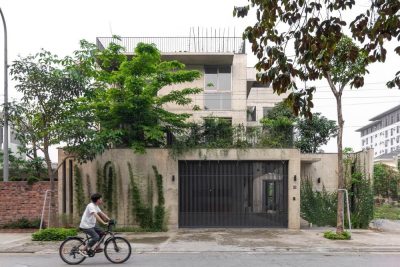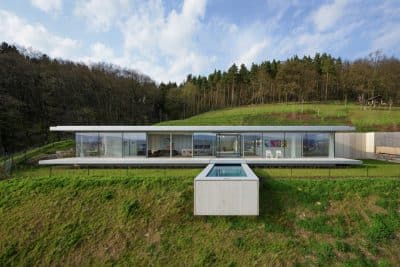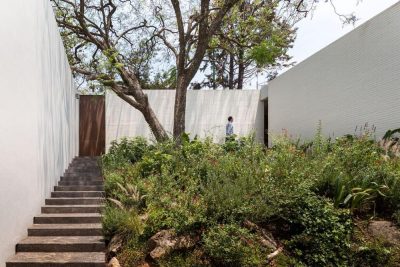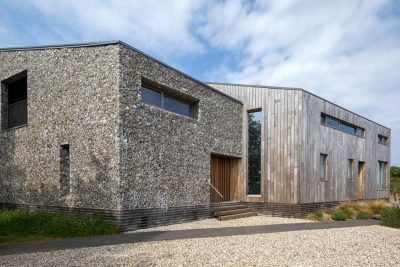Project: Minimalist Family Home / Melt
Architects: SAI Architecture Design Office
Location: Osaka, Japan
Year 2017
Photography: Norihito Yamauchi Photography
SAI Architecture Design Office have recently completed this minimalist family home in Osaka, Japan, that has perfectly incorporated both indoors and outdoors. The architects decided to place the building on the North side in order to maximize a garden space. It is a plan in a residential area located at the foot of Mt. The site is a narrow site with a frontage of 5.6m and a depth of 23.7m. The client was a couple in their 30s and two children, and was asked to live in a place where they could feel green.
A home that feels green is not a home where you can see the green from anywhere, but a home where the residents actively use the external space and grow together with the green. For example, taking a nap under a tree, touching a leaf, planting a new friend tree or flower, spending time directly feeling the wind and smell with the greenery is an urban society. I thought that I could create an original experience and a rich life that I was forgetting.
Therefore, we established gardens in two gaps created by placing buildings in the north and south. If you plan the courtyard style in this long and narrow site, a space like a narrow passage will be created, so we decided to create a roof that can withstand rain in the garden and use it as a room. This garden space was placed in the center of the house as a multi-functional space that can be used freely by residents as a dry garden.
The tree that is central to the home gives the family the opportunity to sit inside, but still have a wonderful view of the surrounding landscape. With this, I feel as though Japanese architecture firms get it right every time. They all understand the perfect ratio of not having too much nor too little, but only incorporating the simplest of materials and colours.
It functions as a device that accepts a variety of homes, such as changes in weather and climate, changes in usage according to time, use of outdoor events, and changes in the lifestyle of residents. In addition, by providing large openings and high-side lights, the plan is to take in plenty of natural light into the house and actively take in natural ventilation even though it is a long and narrow building. In addition, by placing a dry garden between the dining room and the living room, you can use it daily and live with greenery.
This plan hopes that even in a limited area, the dry garden will allow the residents to spend a variety of time and create a space where each scene can be spun up in a dense and diverse manner.

